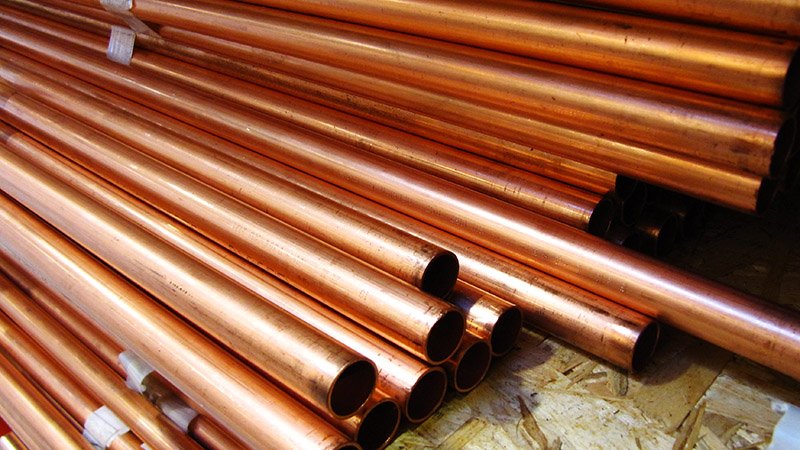The action plan aims to ensure that all end-of-life aluminium products are collected and recycled efficiently in Europe to maximise aluminium recycling rates and to keep the material in active use. It builds on the aluminium industry’s Vision 2050 and provides policy recommendations for the sector to achieve full circularity.
“The aluminium industry is committed to helping deliver the European Green Deal, building on its long-standing commitment to sustainability. Our end goal is to achieve the full potential of aluminium circularity by 2030 and we won’t stop until we’ve achieved it. The Circular Aluminium Action Plan provides a roadmap for European policy makers and the European aluminium industry to work together to make this ambition a reality,” says Gerd Götz, European Aluminium’s Director General.
The aluminium industry has the potential to be a key driver in achieving Europe’s ambitions for a climate-neutral and circular economy. Aluminium is by nature circular and fit for multiple recycling: it can be recycled over-and-over again without losing its original properties (lightness, conductivity, formability, durability, permeability).
Furthermore, the aluminium recycling process requires only 5 percent of the energy needed to produce primary metal, leading to significant CO2 savings.
Aluminium recycling rates are already among the highest of all materials. In Europe, recycling rates in the automotive and building sectors are over 90 percent, while aluminium beverage cans have a recycling rate of 75 percent.
The forecasts and analysis in the Circular Aluminium Action Plan, which were developed in collaboration with Material Economics and CRU, show, however, that the big opportunity lies ahead. With the right policy framework in place, 50 percent of Europe’s demand for aluminium could be supplied through post-consumer recycling by mid-century. As a result, aluminium recycling could reduce CO2 emissions by up to 39 million tonnes per year by 2050 compared to today, which corresponds to a reduction of 46 percent of CO2 per year in 2050, achieved mostly by replacing carbon intensive primary aluminium imports from outside Europe with recycled domestic post-consumer aluminium. By increasing recycling rates, Europe can also reduce its dependency on imports and therefore its exposure to the risk of supply disruptions.











